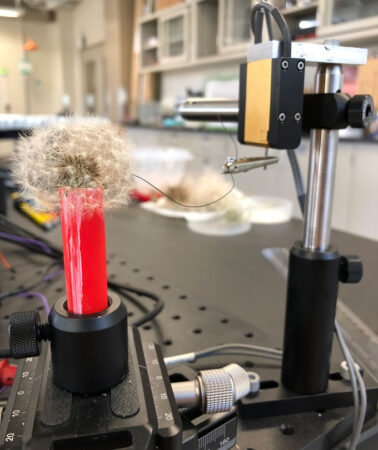Why dandelions are so good at widely spreading their seeds
Seeds from a single flower are primed to catch winds coming from different directions

Dandelion seeds are sensitive to wind direction, whether from nature or a child’s puff. This helps them disperse widely.
Jon Feingersh Photography Inc./The Image Bank/Getty








